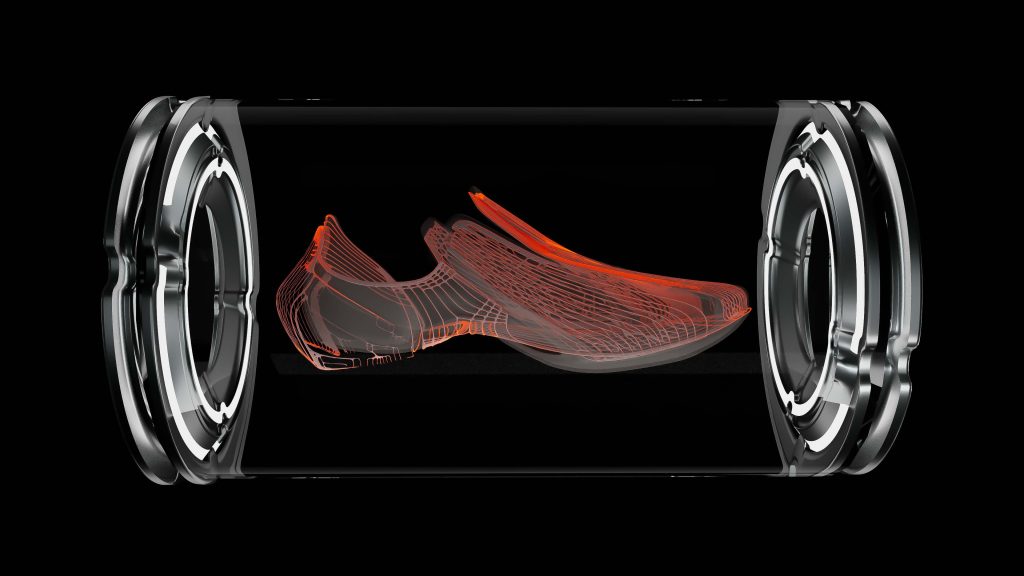For generations, adaptability has been one of humanity’s most intriguing features. From biological evolution to improving our surroundings, our ability to thrive in various environments is remarkable. However, while bio-materials offer potential for change, technological advancements are still limited, leaving our creations somewhat inanimate and unable to adapt at the pace required by our changing environments.
The challenge here has its emerging response in an adaptive fashion. Where traditional fashion is all about aesthetics and comfort, adaptive fashion tries to expand this idea into dynamic environmental responsiveness.
Here’s where procedural design and bio-materials can present a new paradigm in how we create and interact with garments.
The Role of Bio-Materials in Adaptation
The core of adaptive fashion consists of the use of biomaterials, which are naturally-often-organic substances that interact intelligently with their environment. These materials inherently bear inherent qualities that make them highly responsive, such as temperature regulation, moisture absorption, or even biodegradability. Through the infusion of biomaterials in fashion, we will be able to create garments that change along and in accordance with the needs of a human being in real-time, with personalized comfort and functionality included.
But perhaps one of the most exciting prospects of bio-materials is their potential for sustainability. As the fashion industry grapples with its environmental impact, bio-materials offer an alternative to synthetically produced fabrics that are usually harmful to the planet. These materials will not only reduce the carbon footprint of production but also encourage a circular economy by being compostable or recyclable at the end of their lifecycle.
Procedural Design
Procedural fashion design applies algorithms and data to create complex, possibly geometric patterns for functional and aesthetic use. Rather than traditional cuts of fabric, procedural design might enable the creation of garments that precisely fit the wearer’s body, environment, or even activity. Here, the technology is buried deep within the design process, and it makes an emergent garment-one that can change and adapt with its wearer.
This is achieved by combining procedural design with biomaterials, creating “second skin” garments-textile systems that interact with the body and the environment. For instance, this can be a change in the insulation properties dependent on temperature, or adjustment of fit according to the body’s movements. Such inventions point to comfort and further needs for adaptability in various environments, from extreme climates to space.
At the same time, adaptive solutions for these challenges are now needed more than ever, from unprecedented weather patterns to the conquest of space. The intersection of bio-materials with procedural design will suggest a promising route forward: one in which garments will no longer be a means of self-expression but tools of survival and adaptation. Envision your clothes changing with the change in temperature when the climate changes, even sending back real feedback about the health reactions by interacting with the data emitted from your body. The applications could be many, and might have much further-reaching implications than to the fashion world alone.
It is in the same direction that this approach to adaptive fashion will be explored in much greater detail through workshops such as Adaptive Fashion: Procedural Design with Bio-Materials, where participants will be allowed to dive into the methodologies that connect data with the physical world. Events like these are a peek at what the future of design holds: where center stage belongs to sustainability, adaptability, and intelligence.
In the end, as the future belongs to those who adapt most easily, a better view of how fashion may play a pivotal role comes with the fusing of procedural design and bio-materials. We can rethink the ways in which we interact both with our bodies and the environment and really push the limits of what fashion can achieve by making garments not just beautiful but also smart and responsive.























Leave a comment